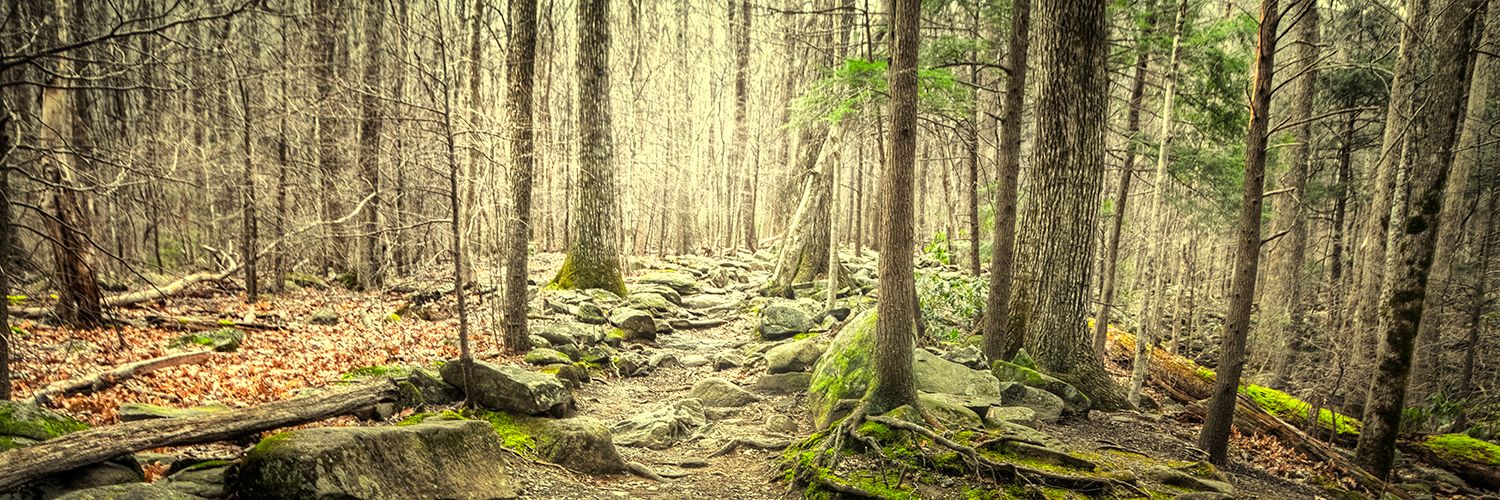Being in Nature Provides A Huge Health Service
Scientists say nature therapies don’t just feel good — they save trillions in health costs

The impact can feel immediate. Anecdotally, walking outside and into sunshine feels reinvigorating.
Science has long proven this to be true: Research shows that time spent outdoors can reduce stress, improve cognition and increase sleep quality. Now, a new study has put a dollar value on the improvement in well-being due to park visits.
This is part of an article published on the website of Public Radio International (PRI). The full story is here.
Researchers at Griffith University in Australia suggest that national parks and protected areas save an approximate $6 trillion globally in mental health care costs. Lead study author Ralf Buckley said while that is a “conservative” estimate, it’s still “10 times greater than the global value of park tourism and 100 times greater than the global value of park agency budgets.”
Researchers surveyed a population-representative sample of nearly 20,000 in the Australian states of Queensland and Victoria. Study participants described their own mental health and reported how often they visit parks — both recently and over the span of their life. Buckley said his team then used a statistical regression technique to “identify what proportion of their well-being was due to park visits,” he added.
The researchers found that 2.5 to 3% of a person’s mental health is based on how often they visit parks. While the percentage seems low, it’s about the same as the effect of additional income on a person’s mental health, according to the study.
Global estimates
Researchers calculated what they define as the “health services value” for Australia’s national parks to be about $100 billion before extrapolating the figure to a global scale. Their findings suggest that national parks contribute about $6 billion to the global economy, though the figure ranges anywhere between $5-31 trillion per year. The big range is a reflection of the researchers’ caution in what the numbers mean exactly.
“You can scale up by mental health factors; quality-adjusted life years; population. You can scale up by GDP. You can scale up by number of park visits,” Buckley said. “We don’t know which will prove to be the best scaling factor. Depending which of those factors we use, we get a different number. And that’s why we have that big range.”
Ideally, Buckley said, he and his team would have identical studies in countries worldwide and added up the numbers.
A mere 20 minutes
The study adds to a growing body of research that quantifies the economic benefits of being outside. A 2016 study in England looked at “green exercise” which include activities done outside, such as dog walking, running, horseback riding and mountain biking. Researchers estimated that these green activities can save around $2.7 billion per year.
But committing to a hiking trip every weekend is not necessary to reap these rewards. Previous research has shown that spending a mere 20 minutes in a park — even if you sit on a bench and don’t exercise — is enough to improve a person’s mental health.
